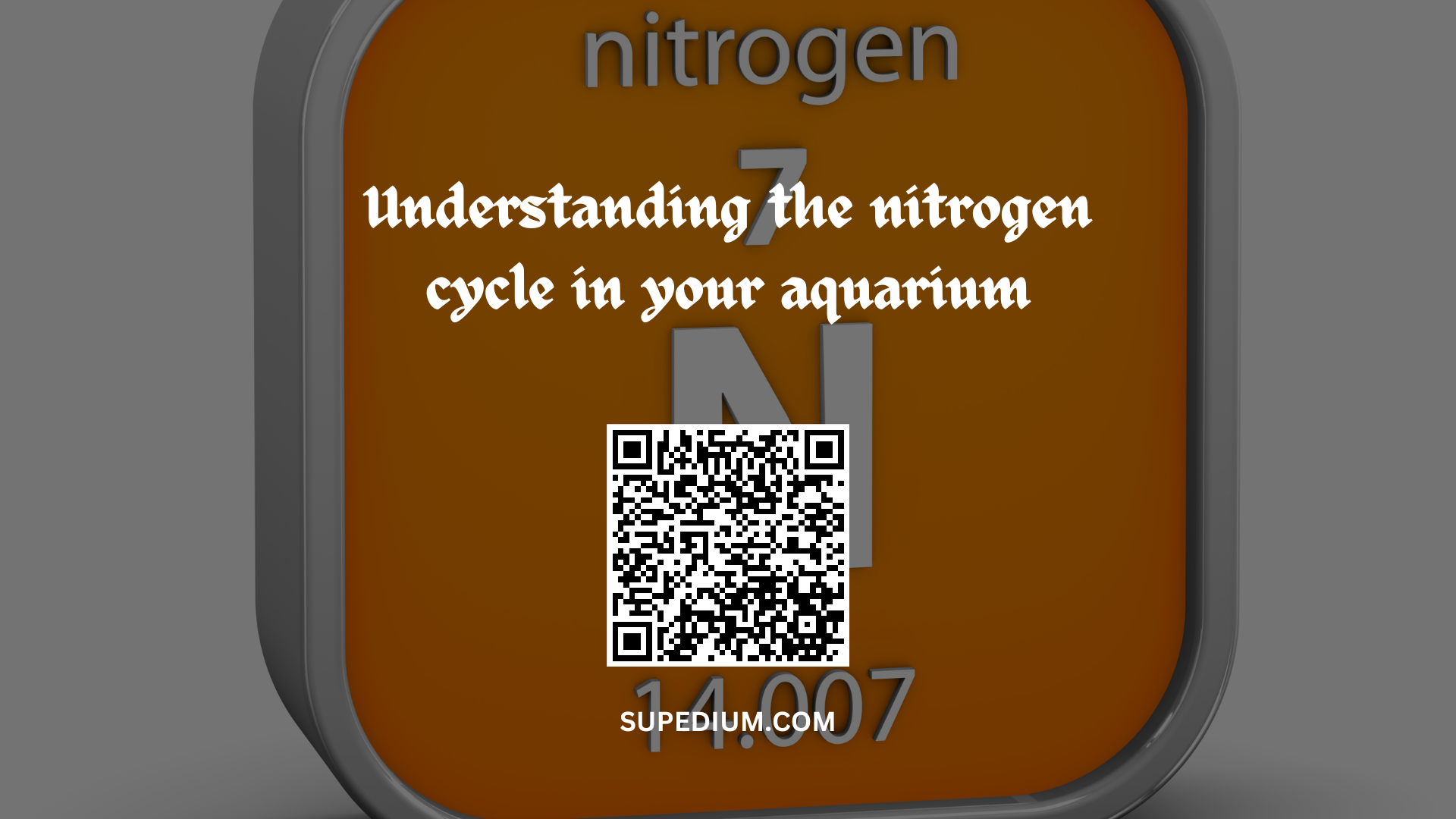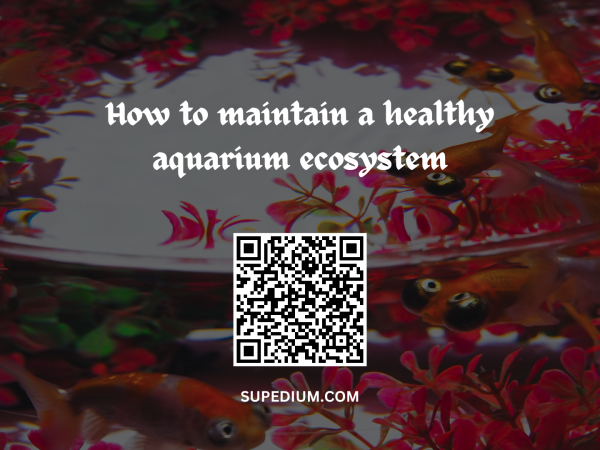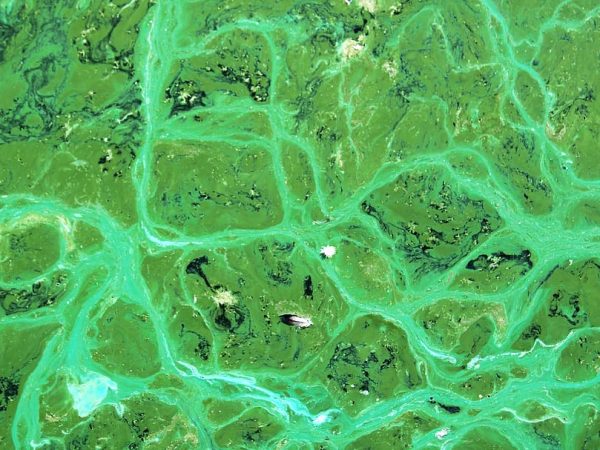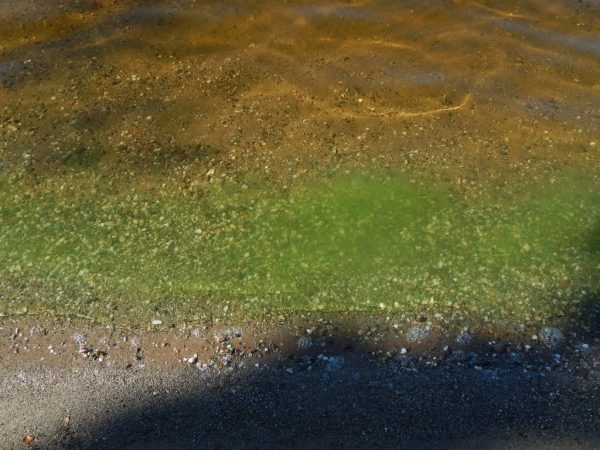![]()
Aquariums are a popular hobby for many people, offering a glimpse into the underwater world of fish, plants, and other aquatic creatures. But maintaining a healthy and thriving aquarium is not just about adding water, fish, and decorations. It requires understanding the nitrogen cycle, a crucial process that occurs in every aquarium.
The nitrogen cycle is the process by which fish waste and other organic matter are broken down into nitrogen compounds that can be used by plants and other organisms in the aquarium. It is a delicate balance that must be maintained in order to keep the aquarium healthy and thriving.
The first step in the nitrogen cycle is the addition of fish to the aquarium. Fish excrete waste in the form of ammonia, which is toxic to fish and other aquatic life. Ammonia is also produced from decaying plants and other organic matter in the aquarium. Ammonia is then converted to nitrite by a group of bacteria called Nitrosomonas. Nitrite is also toxic to fish and must be converted to less toxic nitrate.
The second step in the nitrogen cycle is the conversion of nitrite to nitrate. This is done by another group of bacteria called Nitrobacter. Nitrate is much less toxic than ammonia or nitrite and can be used by plants and other organisms in the aquarium as a source of nitrogen. In a well-established aquarium, nitrate levels will be kept low by the uptake of nitrogen by plants and other organisms.
The final step in the nitrogen cycle is the removal of nitrate from the aquarium. This is usually done through water changes, where a portion of the aquarium water is replaced with fresh water. This removes the accumulated nitrate and replaces it with fresh water that has not yet been contaminated with nitrogen compounds.
Understanding the nitrogen cycle is crucial for maintaining a healthy aquarium. It is important to monitor ammonia, nitrite, and nitrate levels in the aquarium and take appropriate action if any of these levels become too high. High levels of ammonia or nitrite can be harmful to fish and other aquatic life, while high levels of nitrate can lead to excessive algae growth and other problems.
One way to prevent high levels of ammonia or nitrite is to cycle the aquarium before adding fish. This involves adding a source of ammonia, such as fish food or pure ammonia, to the aquarium and allowing the nitrogen cycle to establish itself before adding fish. This can take several weeks to several months, depending on the size of the aquarium and the amount of ammonia added.
In addition to monitoring nitrogen levels, it is important to maintain a clean aquarium. This includes regular water changes, cleaning the gravel and other decorations in the aquarium, and removing any dead plant matter or uneaten food.
Another way to maintain a healthy nitrogen cycle is to add plants to the aquarium. Plants are natural filters that can help remove excess nitrogen from the aquarium. They can also provide oxygen and shelter for fish and other aquatic life. Some good plant choices for an aquarium include java fern, anubias, and mosses.
In conclusion, understanding the nitrogen cycle is essential for maintaining a healthy and thriving aquarium. It is a delicate balance that requires careful monitoring and maintenance. By cycling the aquarium before adding fish, monitoring nitrogen levels, maintaining a clean aquarium, and adding plants, you can ensure that your aquarium is a beautiful and healthy environment for fish, plants, and other aquatic life.
Test Your Understanding ✍️



